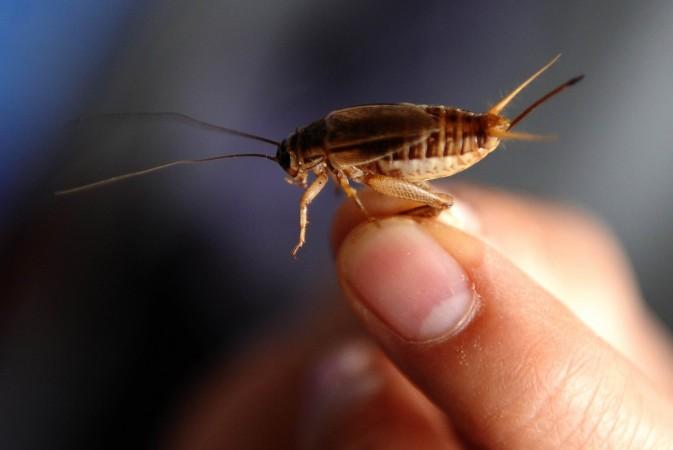
It is possible to use the chirping of crickets as a thermometer. Using a simple formula, one can calculate the temperature in degrees Celsius by counting the number of times a cricket chirps.
According to a report by Scientific American, crickets are cold-blooded insects that adjust their own body temperature based on the ambient heat in its surroundings. So the temperature of their surroundings is directly related to how their bodily functions react. The insects use several chemical reactions to create the signature chirping sound.
Crickets' bodies react to heat by speeding up the muscle contractions when the temperature increases and slow down when it gets cold. So the hotter it gets, the faster a cricket will chirp and the rate of chirping will diminish as the temperature drops, notes the report.
It is possible to tell outside temperature when it between 12 degrees C and 38 degrees C. The challenge is to listen to the sound coming from a single cricket. The process is rather simple; one needs to only count the number of chirps a cricket makes once every 14 seconds. Adding 40 to the average number will give the outdoor temperature in Fahrenheit, notes the report.
For temperature in degrees Celsius, one needs to find the number of chirps in 25-second intervals. Multiple readings give a more accurate picture. Once this value is calculated, dividing this number by three and then adding four will give the temperature in degrees C, notes the report.
While this might not be as accurate as the weather updates made by dedicated weather apps, it is one way to tell how hot it is using nature itself as a gauge. This method helps one calculate temperature with surprising accuracy, the report says. The snowy tree cricket is a species that gives the most accurate readings.
As to how these creatures make their distinctive chirp, the report mentions a process called stridulation— specialised organs or body parts rubbed together to create sound. In the case of crickets, only males have the required organs to chirp using their "scrapers" which are located on top of their wings. To make a sound, crickets raise wings to a 45-degree angle and rub the scraper that is on one wing against special wrinkles called a file on the underside of the corresponding wing. This motion can be likened to a scrapping a comb with a fingernail, notes the report.








